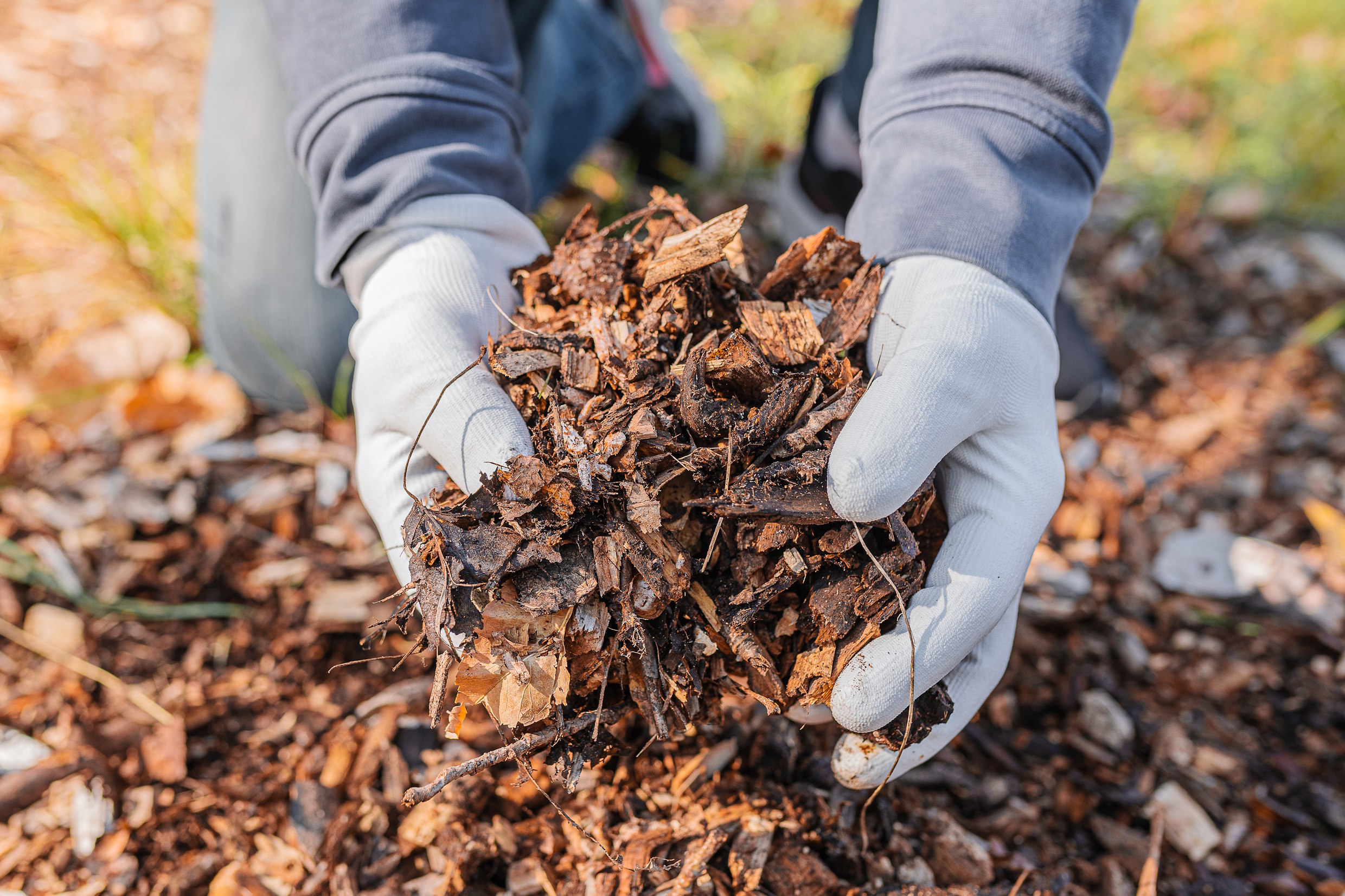As March arrives, temperatures start to rise, daylight hours increase, and your lawn begins to wake up from its winter dormancy. Now is the perfect time to give your grass the care it needs to grow thick, healthy, and green throughout the spring and summer months.
At All Seasons Garden Maintenance, we know that a well-maintained lawn can transform your outdoor space. Whether you have a small back garden in Epsom or a large lawn in Surrey, following these March lawn care tips will help you achieve the best results.
1. Start With a Spring Lawn Clean-Up
Before you do any mowing or treatments, it’s important to clear away winter debris that may have built up. Fallen leaves, twigs, and moss can block sunlight and trap moisture, leading to patchy growth and potential fungal issues.
- Rake up leaves, dead grass, and debris
- Remove moss and thatch using a spring-tine rake
- Brush off worm casts to keep the surface even
Keeping the lawn clear allows air, water, and nutrients to reach the grass, encouraging strong new growth.
2. The First Mow of the Year
March is the month to give your lawn its first cut—but be careful not to cut it too short too soon.
- Set your mower to a high setting (around 4-5cm) for the first few cuts
- Mow only when the ground is dry to avoid compacting the soil
- Sharpen your mower blades for a clean cut that won’t damage the grass
Regular mowing encourages stronger root growth and prevents weeds from taking over. Aim to mow once every 7–10 days as growth starts to pick up.
3. Aerate Your Lawn for Healthier Grass
Over winter, your soil may have become compacted, making it harder for roots to access oxygen and nutrients. Aeration (punching small holes into the soil) helps improve drainage and air circulation, allowing your lawn to thrive.
- Use a garden fork to spike holes in compacted areas
- For larger lawns, consider using an aerator tool
- Focus on high-traffic areas that may have become particularly hard
This process encourages stronger, deeper root growth, making your lawn more drought-resistant in summer.
4. Tackle Lawn Weeds Before They Spread
March is the best time to get ahead of weeds before they take over your lawn. Common lawn weeds such as dandelions, clover, and moss compete with grass for nutrients.
- Hand-pull individual weeds before they set seed
- Use a lawn-safe weed killer for stubborn infestations
- Improve lawn health through regular mowing and fertilising, which naturally suppresses weeds
A strong, well-fed lawn will outcompete most weeds, reducing the need for chemical treatments.
5. Feed Your Lawn With a Spring Fertiliser
After a long winter, your lawn needs a nutrient boost to encourage healthy growth and a deep green colour. A spring lawn feed will supply the essential nutrients your grass needs.
- Use a high-nitrogen fertiliser to promote leafy growth
- Apply fertiliser on a dry day when rain is not forecast for 48 hours
- Avoid overfeeding, as this can lead to weak, excessive growth
If you prefer an organic approach, consider seaweed-based lawn feeds or homemade compost teas for a natural nutrient boost.
6. Repair Bare Patches and Thin Areas
Winter weather and heavy foot traffic can leave bare patches on your lawn. March is a great time to overseed these areas to restore thick, even coverage.
- Loosen the soil in bare patches with a rake
- Scatter grass seed evenly and lightly cover with compost
- Water regularly to keep the soil moist until germination
Choose a hard-wearing seed mix suited to your lawn conditions, especially if you have kids or pets using the garden.
7. Improve Drainage and Prevent Waterlogging
If your lawn feels spongy or waterlogged, poor drainage may be the cause. March can still bring heavy rainfall, so it’s important to take steps to improve lawn drainage.
- Aerate compacted areas to improve water absorption
- Apply sand or compost to heavy clay soils for better drainage
- Keep gutters and drains clear to prevent excess water pooling on the lawn
Good drainage ensures healthy root development and prevents moss build-up, which thrives in damp conditions.
8. Moss Control: Stop It Before It Spreads
Moss growth is a common problem in early spring, especially in shady or damp areas of the lawn. If left untreated, moss can take over and weaken the grass.
- Rake out moss using a spring-tine rake
- Apply a moss killer (iron sulphate-based) for severe cases
- Improve light and drainage to prevent moss returning
Regular mowing, aerating, and feeding will naturally reduce moss growth and keep your lawn in top condition.
9. Edge Your Lawn for a Neat Finish
A well-defined lawn edge instantly improves the appearance of your garden. Taking time to reshape the borders will give your lawn a clean, professional look.
- Use a half-moon edging tool to create crisp edges
- Trim back overhanging grass along paths and flower beds
- Define curves and borders for a polished finish
Lawn edging also helps prevent grass from creeping into flower beds, making future maintenance easier.
10. Consider Professional Lawn Care Services
If you want to achieve the perfect lawn but don’t have the time or expertise, professional help can make all the difference. At All Seasons Garden Maintenance, we offer:
- Regular lawn mowing & maintenance
- Aeration and scarification for improved lawn health
- Lawn feeding & weed control
- Moss removal and drainage solutions
Our team of experts can help you get your lawn looking its best in time for spring and summer.
Contact us today to book your March lawn care service in Epsom, Banstead, Leatherhead, Dorking, and surrounding areas!
Final Thoughts
By following these March lawn care tips, your lawn will be healthier, greener, and stronger as we move into spring. Whether you’re tackling weeds, improving drainage, or feeding your grass, taking action now will ensure a beautiful, lush lawn for the months ahead.
For expert lawn care in Surrey and surrounding areas, get in touch with All Seasons Garden Maintenance today!




